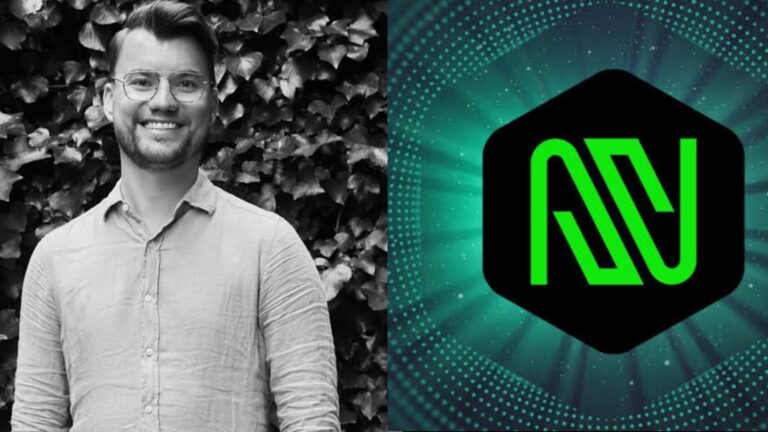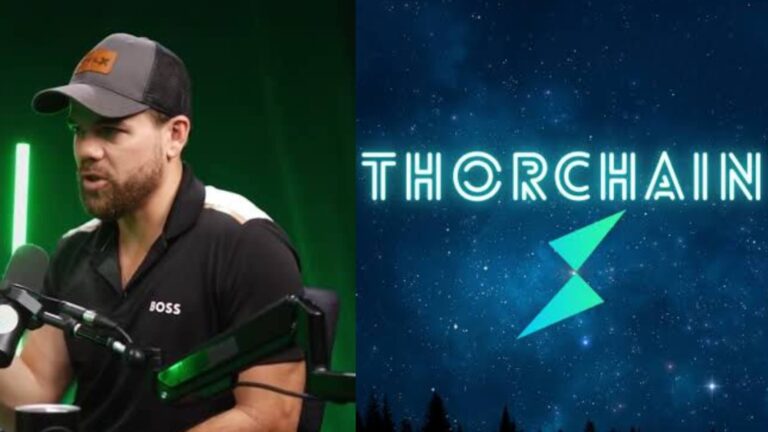Aave Explained: Everything You Need to Know Before Investing Stani Kulechov

Aave Explained: Everything You Need to Know Before Investing
Introduction to Aave
Aave is one of the leading decentralized finance (DeFi) protocols, allowing users to lend, borrow, and earn interest on cryptocurrencies without intermediaries. Launched in 2017 by Stani Kulechov, Aave has evolved into a fully decentralized, non-custodial lending protocol on the Ethereum blockchain and several other Layer-1 and Layer-2 networks.
Unlike traditional banks, Aave operates through smart contracts, enabling users to deposit crypto assets into liquidity pools and earn interest, while borrowers can take out overcollateralized or undercollateralized loans.
Key Features of Aave
✅ Decentralized lending & borrowing
✅ Multiple supported assets (ETH, DAI, USDC, etc.)
✅ Flash Loans – instant, uncollateralized borrowing
✅ Staking rewards & governance participation
✅ Cross-chain compatibility with Layer-2 solutions
With its secure, transparent, and permissionless design, Aave is a top DeFi protocol with over $10 billion+ in total value locked (TVL).
How Aave Works
1. Lending & Earning Interest
Users can deposit crypto assets into liquidity pools to earn passive income. These assets are locked in Aave smart contracts, and the protocol automatically distributes interest based on supply and demand.
For example, depositing 10 ETH into Aave’s ETH lending pool will generate aETH tokens, representing the lender’s deposit plus accrued interest.
💰 Benefits for Lenders:
✔ Earn interest on idle crypto assets
✔ Withdraw at any time (depending on liquidity)
✔ Use deposits as collateral for borrowing
2. Borrowing Crypto Assets
Users can borrow crypto assets by providing collateral. Borrowers must maintain a collateralization ratio (e.g., 150% for ETH loans), meaning they must deposit more than they borrow.
For example, depositing $1,500 worth of ETH allows borrowing up to $1,000 in USDC.
🔹 Types of Borrowing on Aave:
✅ Overcollateralized Loans – Users deposit collateral exceeding their loan amount.
✅ Under-collateralized Loans (Flash Loans) – Instant loans requiring no collateral, provided they are repaid within the same transaction.
📌 Risk: If the collateral falls below the required level due to market fluctuations, it is liquidated to repay the loan.
3. Flash Loans – Aave’s Unique Feature
Aave pioneered Flash Loans, which allow users to borrow funds without collateral, as long as they repay within the same transaction.
🚀 Use Cases for Flash Loans:
✔ Arbitrage Trading – Profiting from price differences across exchanges.
✔ Debt Swaps – Refinancing loans at better interest rates.
✔ Liquidation Protection – Preventing collateral liquidation by repaying loans.
Flash Loans have become a powerful tool for DeFi traders and developers, enabling instant, risk-free borrowing without capital.
4. AAVE Token – Utility & Governance
AAVE is the native token of the Aave protocol, providing governance rights, staking rewards, and fee discounts.
💎 AAVE Token Utilities:
✅ Governance – AAVE holders vote on protocol upgrades and risk parameters.
✅ Staking Rewards – Users stake AAVE to secure the protocol and earn rewards.
✅ Discounted Fees – Borrowers using AAVE as collateral get fee discounts.
✅ Safety Module – Staked AAVE acts as insurance against protocol shortfalls.
With a fixed supply of 16 million AAVE tokens, demand is driven by staking, governance, and protocol growth.
Aave vs. Traditional Banking
| Feature | Aave (DeFi) | Traditional Banks |
|---|---|---|
| Lending & Borrowing | Permissionless | Requires credit approval |
| Interest Rates | Dynamic (based on supply & demand) | Fixed & controlled by banks |
| Collateral | Crypto assets | Physical assets, credit history |
| Loan Processing Time | Instant | Days to weeks |
| Transparency | 100% on-chain | Centralized & opaque |
Aave provides faster, more transparent, and permissionless lending compared to traditional banks.
Why Aave is a Top DeFi Project
✅ Security & Transparency – Smart contracts eliminate third-party risk.
✅ High Liquidity – Billions in TVL (Total Value Locked) ensure smooth lending/borrowing.
✅ Cross-Chain Support – Expanding beyond Ethereum to Polygon, Avalanche, and more.
✅ Innovative Features – Flash Loans & staking rewards set it apart.
✅ Growing Adoption – Used by major DeFi platforms, institutions, and developers.
Risks & Challenges of Aave
⚠️ Smart Contract Risks – Bugs or hacks could impact funds.
⚠️ Market Volatility – Sudden price drops may trigger collateral liquidation.
⚠️ Regulatory Uncertainty – Governments could impose restrictions on DeFi lending.
⚠️ Interest Rate Fluctuations – Borrowing costs vary based on supply-demand dynamics.
While Aave has strong security audits and risk management, investors should be aware of potential risks before using the protocol.
Is Aave a Good Investment?
Aave is a top-tier DeFi protocol with strong fundamentals, making it a potential long-term investment for:
✔ DeFi enthusiasts looking to earn passive income.
✔ Crypto investors seeking exposure to decentralized lending.
✔ Traders and institutions leveraging Flash Loans and capital efficiency.
However, investing in AAVE involves risks due to crypto volatility, competition, and regulation. Always DYOR (Do Your Own Research) before investing.
Conclusion: The Future of Aave
Aave has transformed decentralized lending by offering a secure, permissionless, and transparent alternative to traditional finance. With continuous innovation, including Layer-2 scaling, institutional adoption, and cross-chain expansion, Aave remains a leader in DeFi.
🚀 Will Aave continue dominating DeFi lending? Share your thoughts below!






